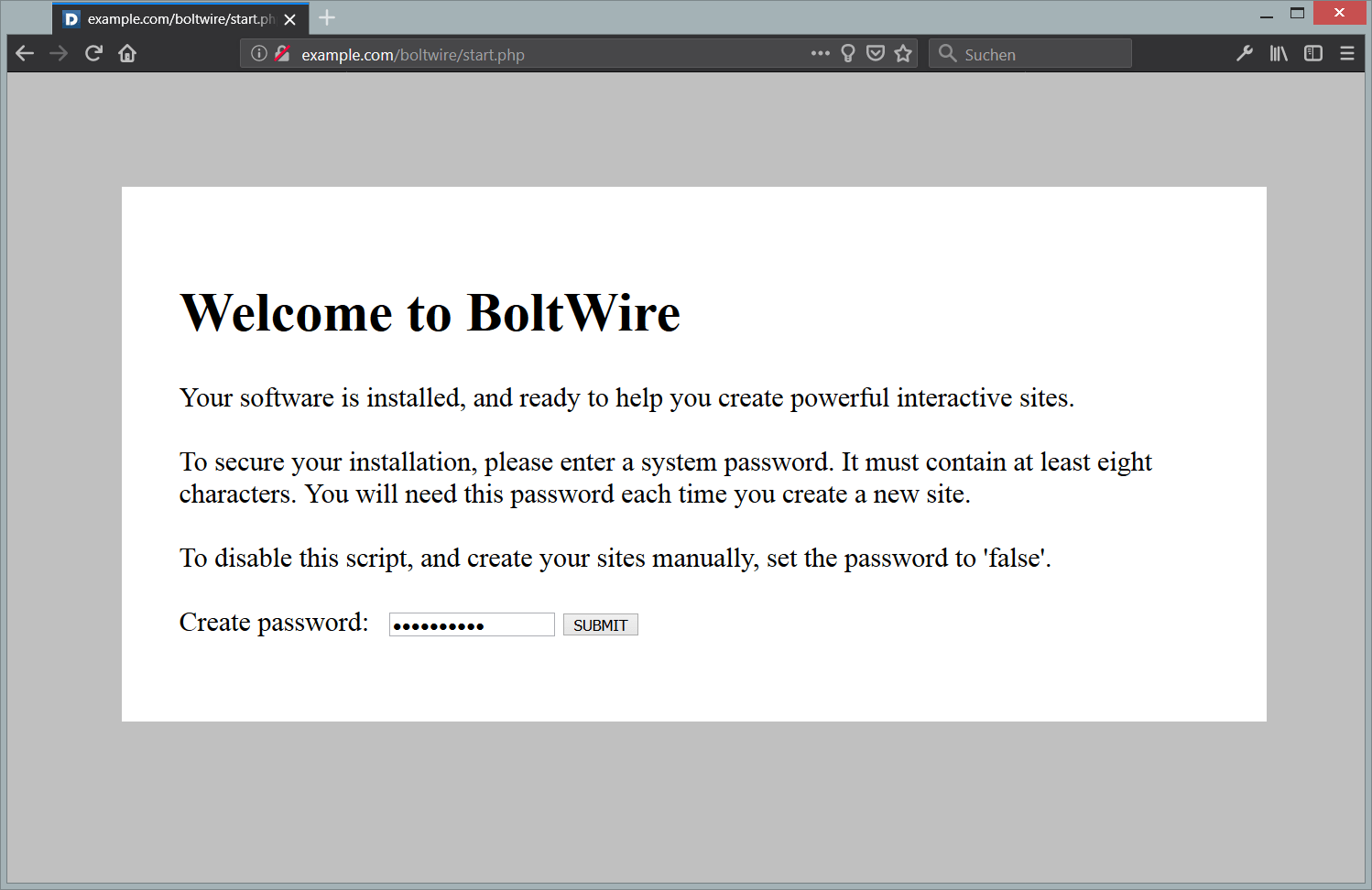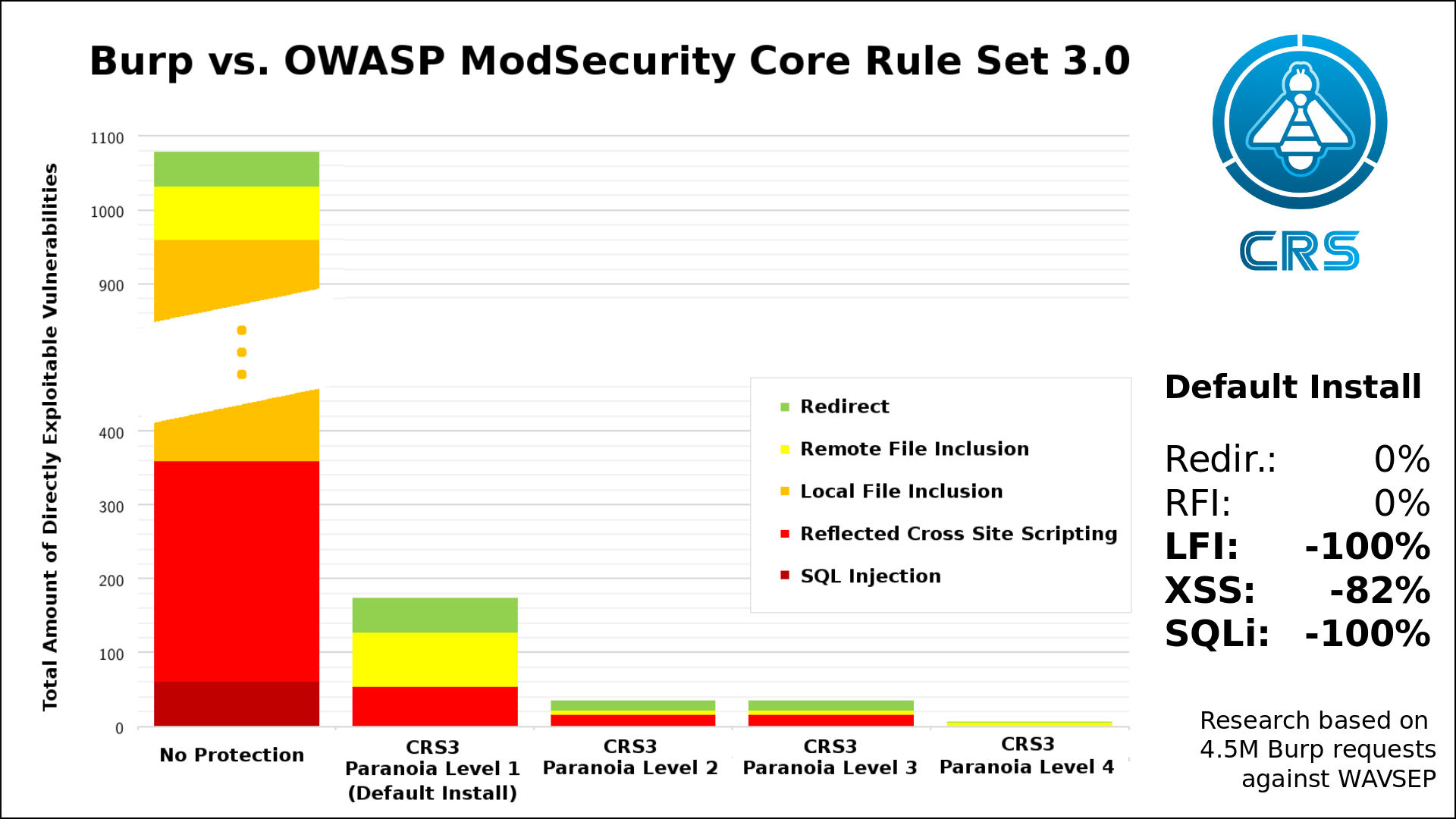SELinux, an abbreviation of Security-Enhanced Linux, is a security enhancement to the Linux operating system. It is a labeling system that blocks many system functions in its default configuration.
SELinux is very useful for some users, but due to its administrative overhead, you may be better off simply disabling it. The time spent adding rules and updating permissions on SELinux versus the added security benefit may not be worth it.
First check if SELinux is disabled or enabled:
sestatus
If this command returns “SELinux status: enabled”, you can disable SELinux with the following command.
setenforce 0
The command above will only disable SELinux for now, but the change will be reverted across reboots. Therefore, disable it permanently by opening the file /etc/sysconfig/selinux and replace the current SELINUX directive with a value of disabled so it looks like this:
SELINUX=disabled
Check the SELinux status again to make sure that it has been properly disabled.
sestatus
Now that SELinux has been disabled, you can go ahead and proceed with the installation and configuration of your server.
Want to contribute?
You could earn up to $300 by adding new articles
Suggest an update
Request an article









